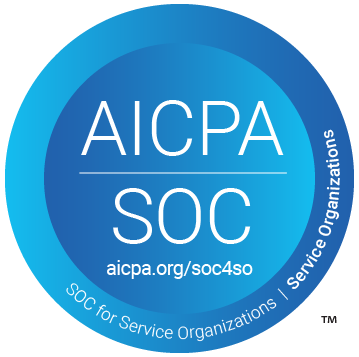I recently returned from a trip to Minneapolis for The Print Event. This event was full of masterclasses, panels, presentations and keynotes focused on helping savvy marketers capitalize on print as a profit-driving marketing channel.
Despite what you may have heard, print is NOT dead. Over the course of the two-day conference, I joined my Speedeon colleagues to discuss the marketing power of direct mail. Conference attendees were in agreement that print advertising is not just “not dead,” but thriving as the most effective channel for new customer acquisition and customer acquisition.
Want proof? Some stats discussed at The Print Event include:
• 69% of 18-20 year olds prefer print and paper advertising to digital ads
• 65% of millennials have made a purchase influenced by a catalogue
• 79% of consumers act on direct mail immediately (much higher than email’s 45%)
• On an average day, you and I will see somewhere between 4,000-10,000 advertisements (And I’ll bet that nowhere near 4,000 of those are showing up in your physical mailbox every day.)
The truth is, many consumers experience digital burnout; direct mail literally gets your content in the hands of your target audience—making them more likely to see, remember, and ultimately and act upon your marketing message.
How Storytelling & Print Lights Up Your Brain showed why consumers were more likely to act through research highlighting how our brains react to print advertising compared to digital advertising.
According to Chris Foster at Modern Postcard, MRI studies show that the parts of our brain responsible for emotions and memory are triggered more by physical advertisements, resulting in higher brand recall, and greater attraction to and purchase intent for items that were being advertised.
The example provided by Chris included the story of a woman who had recently lost a beloved dog. She decided to purchase a new car because her old car held too many memories of her pet, and she was deciding between a Ford and a Subaru. The Ford had better features at a lower price, but she ultimately purchased the Subaru because she was sent an ad by the automaker that featured dogs.
My takeaway: Most people make emotional decisions, and you should consider that when planning marketing materials and campaigns.

